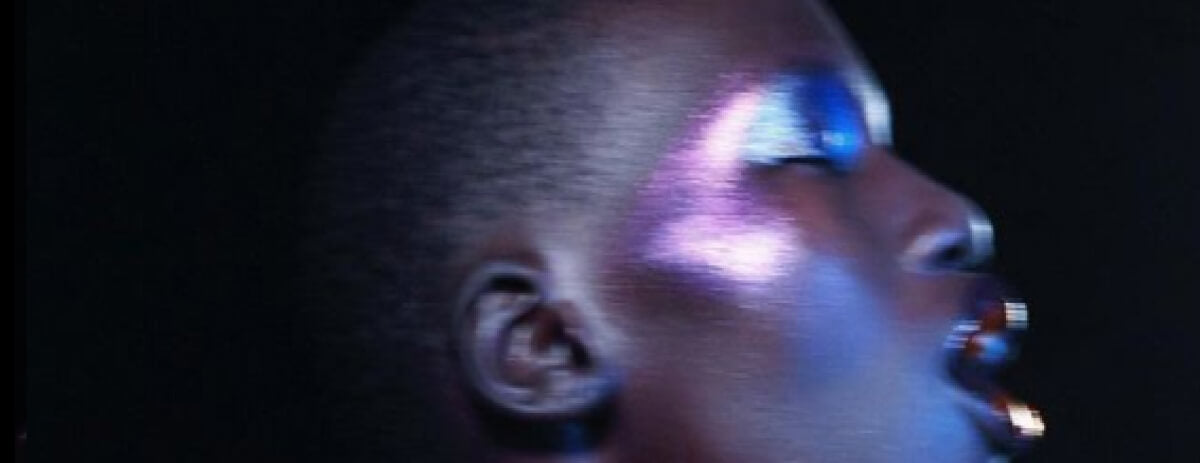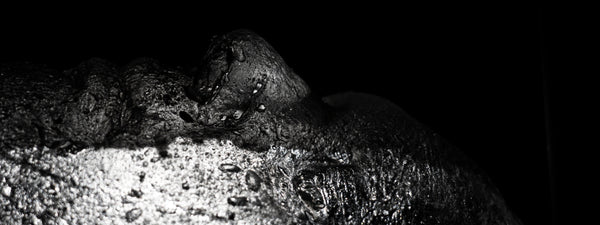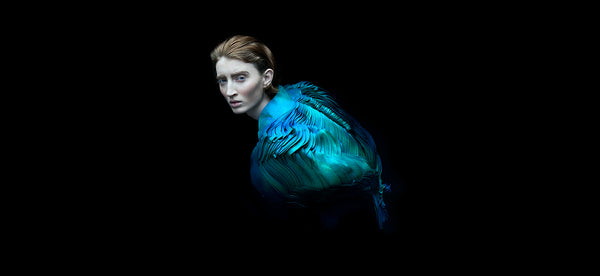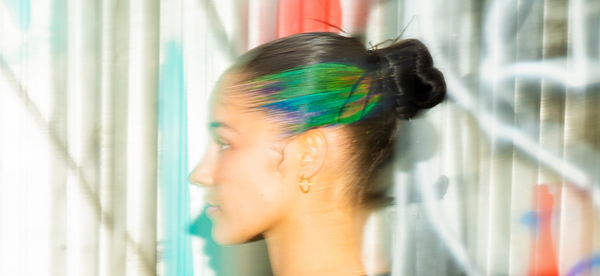We’ve explored the duality of light and dark, establishing that one cannot exist or be experienced without the other. We’ve also come to understand how this dichotomy plays a fundamental part in our understanding of the world and how we present ourselves. Now, we look to how the physicality of light and dark and the psychological effects on the human brain. When we don't get enough light, it can throw our minds and bodies into a spin.
What's the Circadian Rhythm?
Each of us has a 24-hour biological clock, located in the brain's hypothalamus region. Known as our circadian rhythm, the amount of light we absorb in a day impacts this region negatively or positively — affecting things like our sleep, mood, digestion, temperature control, energy levels and cell renewal. When winter comes around and the days get shorter, the lack of exposure to sunlight can stop the hypothalamus from working properly, impacting:
- Production of melanin — a hormone produced in the pineal gland that controls your sleep cycle
- Production of serotonin — known as a mood stabiliser, it plays a role in your sleep, mood, digestion, bone health etc…
- Circadian rhythm — your internal 24-hour clock and behaviours
When this happens, it can make some people more susceptible to SAD – seasonal affective disorder, linked to winter and autumn, where natural light is in short supply.1 When it’s dark outside, our bodies produce melatonin to prepare us for sleep, while the serotonin production is slowed down, this combination often leaves you feeling sleepy, groggy, and depressive.
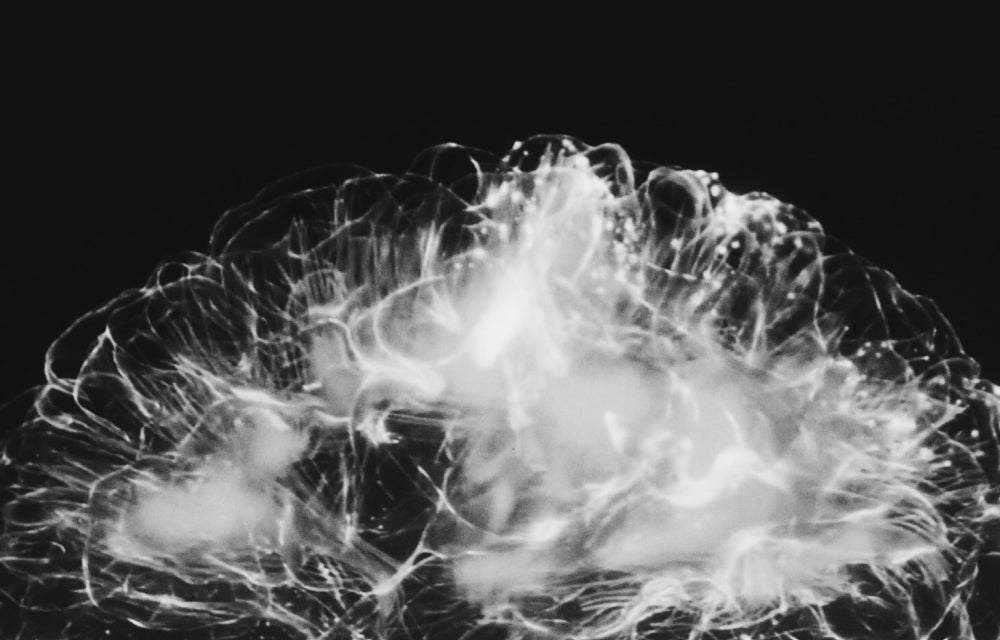
Other than the very physical symptoms that prolonged darkness can manifest, the dark can represent a fear of the “unknown”, often associated to moments or times where we may feel particularly down or bad. Phrases such as “a dark time” or “dark space” are common in our vernacular and may be linked to feelings of anxiety, confusion, sadness, or grief. On the flip side, when these emotions lift, you may find yourself using phrases like “feeling lighter” to describe how you feel.
In this context light and dark are used as adjectives to communicate feelings that can be labelled as negative or positive. While light and dark as nouns display how the physicality of this dichotomy can create psychological effects – both of which are representative of the dualism of good vs bad and tell us that one cannot exist without the other.
If there’s one thing that’s certain when it comes to light and dark is that it’s fundamental to us as human beings in our experiences, and understanding of the world and ourselves. We, like many living things — plants, animals and microbes, respond to light and dark — we’re wired to do so.2 It’s hard to imagine, whether one could exist without the other, and so far we’re inclined to believe that light and dark can only exist together.
References list:
1 Seasonal affective disorder. (n.d.). NHS choices. NHS. Retrieved from <https://www.nhs.uk/mental-health/conditions/seasonal-affective-disorder-sad/overview/>
2 Circadian rhythms. (n.d.). National Institute of General Medical Sciences. U.S. Department of Health and Human Services. Retrieved from <https://nigms.nih.gov/education/fact-sheets/Pages/circadian-rhythms.aspx#:~:text=Circadian%20rhythms%20are%20physical%2C%20mental,the%20study%20of%20circadian%20rhythms>
